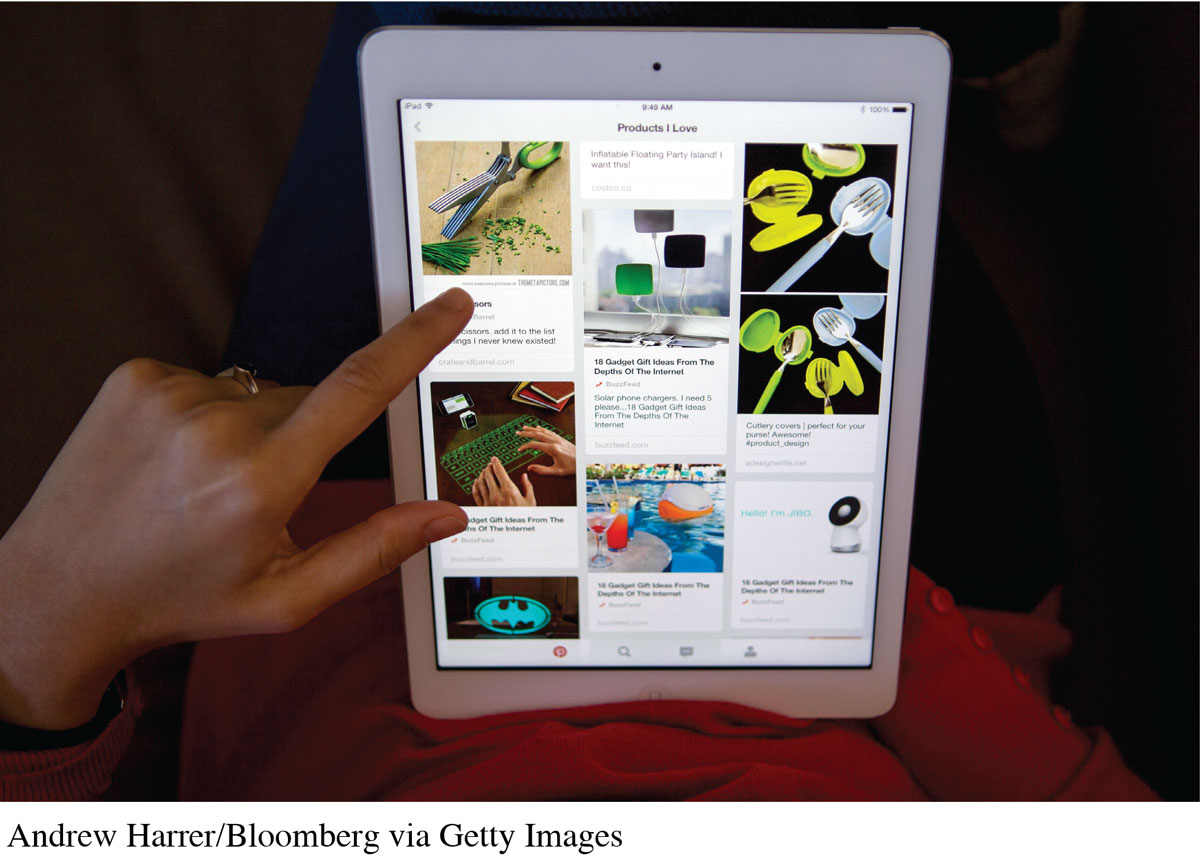CONVERGING MEDIA Case Study: The Digital Pass-Along: Magazine Readers on Social Media
CONVERGINGMEDIACase StudyThe Digital Pass-Along: Magazine Readers on Social Media

For a long time now, magazine publishers have been aware of pass-along readership, the practice of sharing a magazine with someone else when the reader is done with it. The idea of sharing magazine content has become even more important in courting digital readers, especially those eighteen to thirty-four years of age.
National magazine trade organization MPA (formerly the Magazine Publishers of America, now the Association of Magazine Media) conducted a survey in 2012 of traditional print-magazine readers who are also on social media. What they discovered about this age group (much desired by advertisers) reveals not only that there are multiple varieties of convergence but also that readers, especially avid readers, like this convergence.


 Visit LaunchPad to watch a clip from 13 Going on 30 set in a magazine office. What has changed in the decade or so since this movie’s release?
Visit LaunchPad to watch a clip from 13 Going on 30 set in a magazine office. What has changed in the decade or so since this movie’s release?
It’s no secret that eighteen- to thirty-four-year-olds spend a lot of time on social media, but the MPA survey paints a picture of readers who are far from abandoning magazines, with the vast majority of respondents (93%) having read either a print or a digital magazine article in the past sixty days. Over half of these people “Follow” a magazine on Twitter or “Like” its page on Facebook. Part of the survey also focused on those who said they were avid magazine readers. Of that group, almost two-thirds use Twitter or Facebook to follow at least one magazine.
Avid magazine readers are doing a lot more than just reading articles via social media. Over 60 percent of these readers share magazine articles on Facebook or tweet links to articles, reminiscent of the way readers would pass along printed copies of magazines to friends and family. What’s more, half of those readers say it’s important to them to be able to follow a magazine in a social media environment like Facebook and then share it quickly. In addition to the Facebook and Twitter platforms, Pinterest has been a popular way for readers to interact with magazine content, following and repinning content from magazines.
But the convergence of print and online doesn’t stop with methods of sharing articles. Well over one-third of readers in the survey use social media to talk back to the magazines they read or to the columnists they follow. This could take the form of leaving comments in response to articles, uploading their own content (recipes, for example), or posting photographs for possible use in future issues. What’s more interesting is that the eighteen to thirty-four age group increasingly sees this kind of interaction as more than a novelty. Half of those in this survey said the ability to engage with favorite magazines, and in some cases the staff of those magazines, was more than just nice—it was important to them. This underscores the idea that successful convergence will be a key to success, if not survival, for the magazine industry.
Data from: “Magazine Media Readers Are Social: Key Research Findings,” MPA (Association of Magazine Media), www.magazine.org/sites/default/files/SOCIAL-f5%20website.pdf; and “MPA Releases Benchmark Social Media Study,” www.magazine.org/insights-resources/research-publications/guides-studies/new-mpa-releases-benchmark-social-media